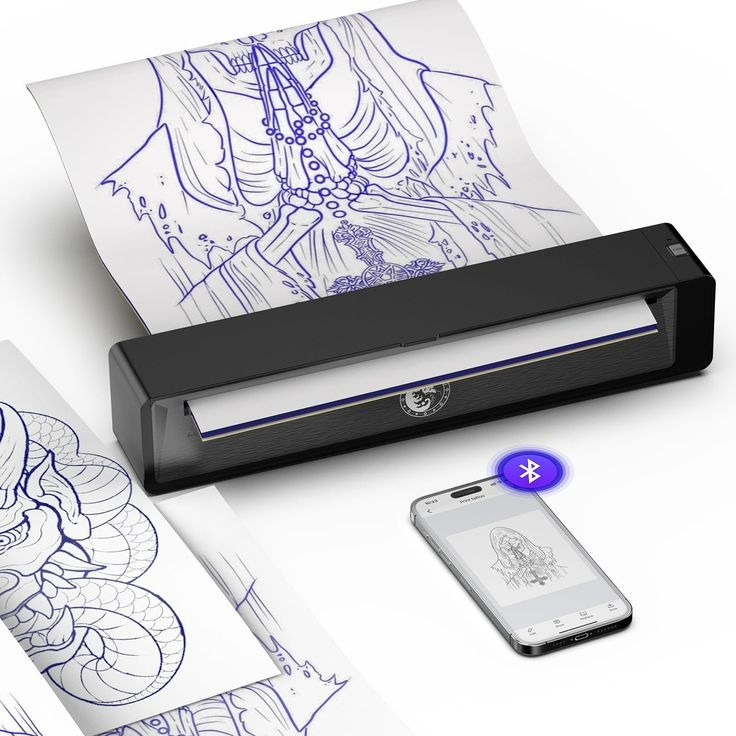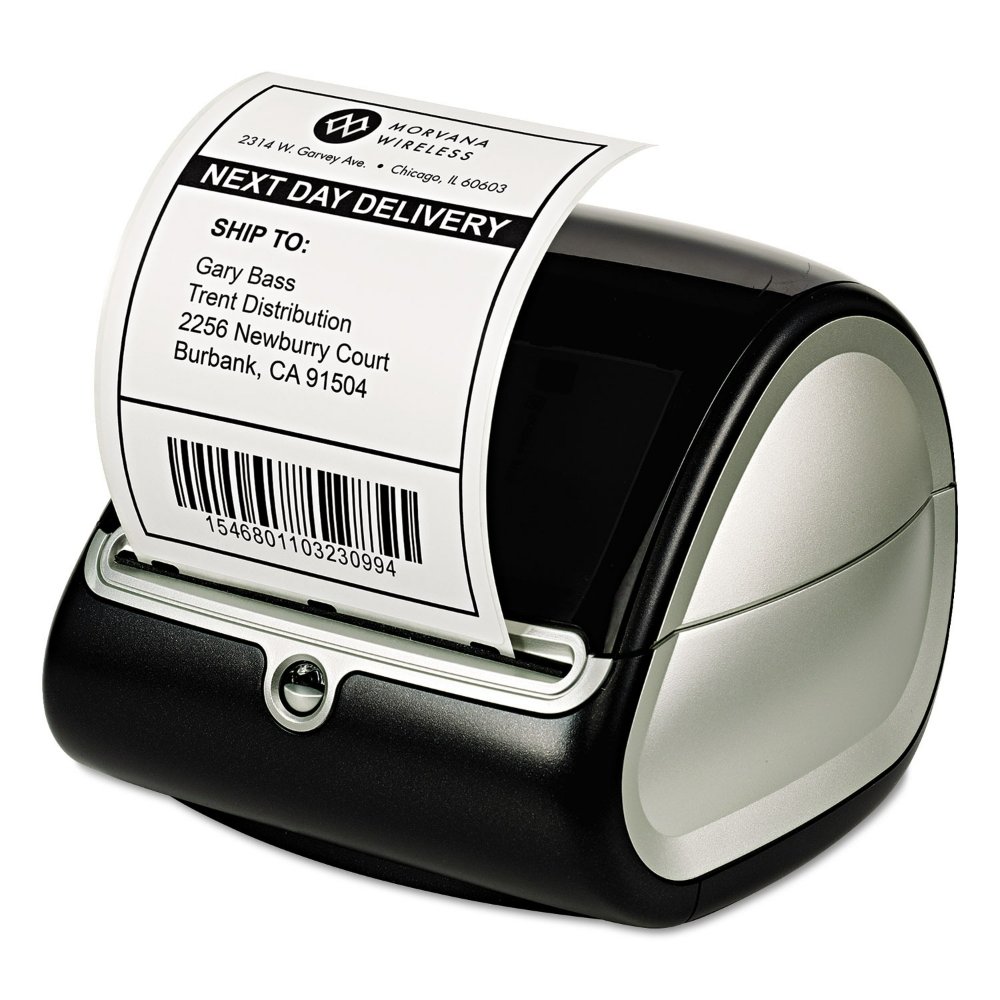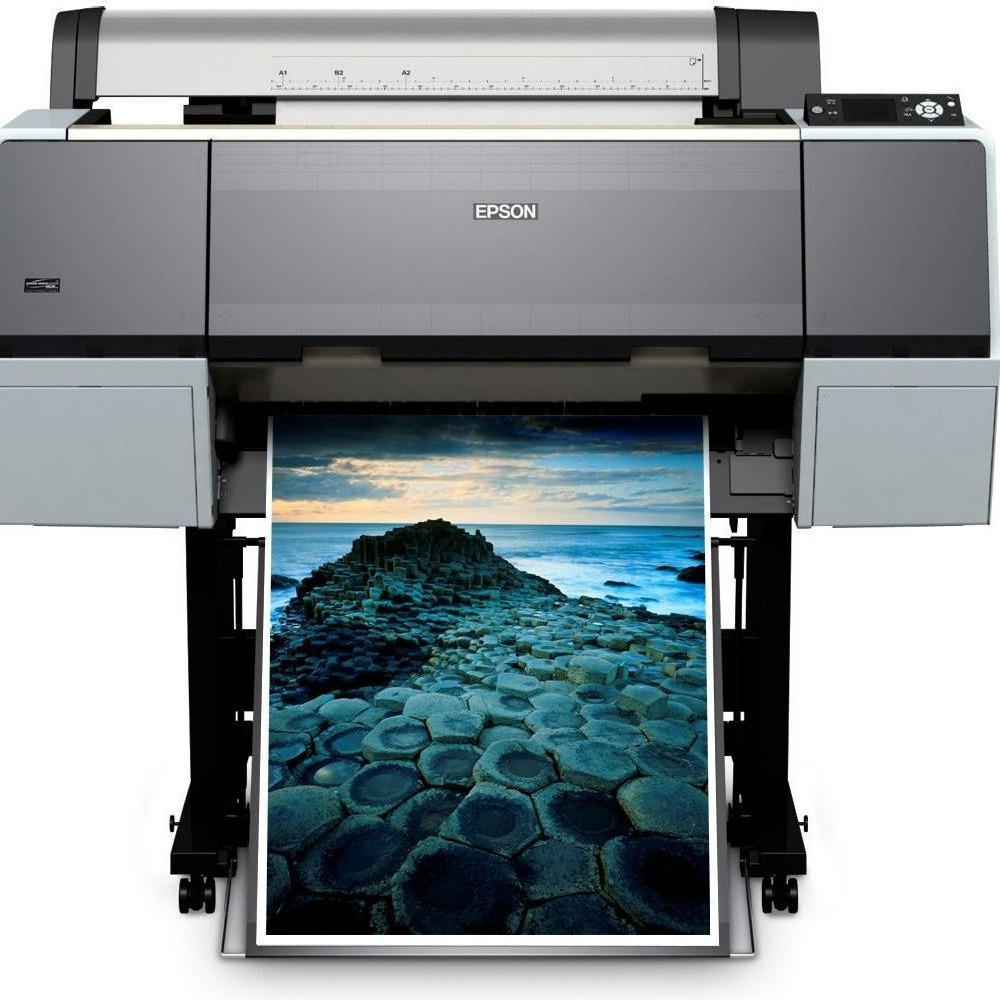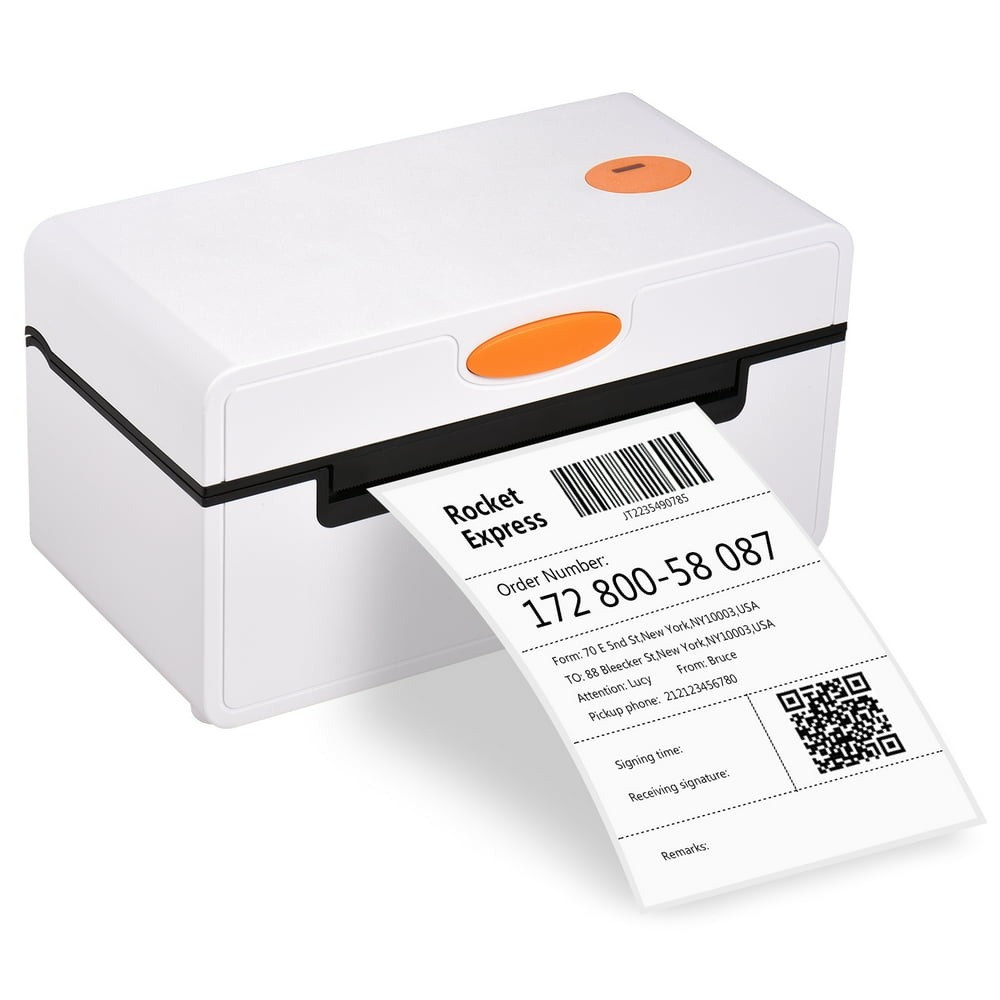Types of Sticker Paper
Choosing the right type of sticker paper for your printer is crucial. It affects not only print quality but also the functionality of your stickers. There are several types of sticker paper available, each with its unique features and uses.
Matte Sticker Paper
Matte sticker paper is ideal for a non-reflective finish. It is a good choice for decorative labels or stickers that you will write on. This paper is perfect for both personal and professional use. Matte stickers offer a classic look and are often preferable for elegant branding.
Glossy Sticker Paper
Glossy sticker paper is shiny and makes colors pop. It is excellent for vibrant designs and photo printing. The glossy finish adds a professional touch to stickers. These are widely used in marketing materials and product labels because they stand out.
Vinyl Sticker Paper
Vinyl sticker paper is very durable. It is great for outdoor applications as it is weather-resistant. Vinyl stickers can withstand moisture and are typically used for car decals, outdoor signage, and waterproof labels. They have a higher price point but offer longevity.
Clear Sticker Paper
Clear sticker paper allows for a transparent background, making it versatile. It is perfect for windows or glassware and gives a printed-on look. This type of sticker paper is popular for minimalist designs and can add a cool, modern touch to your products or crafts.

Compatibility with Printers
Finding the right sticker paper for your printer involves understanding its compatibility. Not all sticker papers work with every printer, which can affect the outcome of your printed stickers.
Inkjet vs. Laser Printers
When selecting sticker paper for printers, you must consider the type of printer you have. Inkjet printers are ideal for most sticker papers. They handle a wide range of materials well, including glossy and matte finishes, and can produce high-quality color prints. Inkjet-compatible sticker paper often has a porous surface that absorbs ink, resulting in vibrant and sharp images.
Laser printers, on the other hand, use heat to fuse toner to paper. This makes them better suited for some types of vinyl and clear papers that can withstand the high temperatures. However, not all sticker papers are laser-compatible due to the heat sensitivity, so always check the product specifications.
Printer Settings for Sticker Printing
It’s crucial to adjust your printer settings for optimal sticker printing. Selecting the ‘photo quality’ or ‘best’ setting improves the print resolution, ensuring your stickers look crisp and clear. Also, choose the correct paper type if your printer offers that option. This helps in applying the right amount of ink and avoiding smudges. If your printer supports custom printing sizes, make sure to adjust the paper size to match your sticker paper dimensions for precise printing. Aligning these settings with your sticker paper for printers will increase the chances of producing professional-looking stickers.
Adhesive Properties
Choosing the right adhesive properties for your sticker paper for printers is as important as selecting the appropriate paper type. Adhesive quality can determine how well a sticker adheres to a surface and for how long. Let’s delve into the two primary adhesive types you’ll encounter.
Permanent Adhesives
Permanent adhesives are designed to create a strong, long-lasting bond. Once applied, stickers with permanent adhesive are difficult to remove without leaving residue or damaging the surface they’re attached to. This type of adhesive is ideal for safety labels, branding, or any application where the sticker needs to stay put indefinitely. However, be cautious with placement, since removing these stickers can be challenging.
Removable Adhesives
Removable adhesives offer a gentler stick and can be taken off cleanly without damaging the item’s surface. These are perfect for temporary promotions, price tags, or as planner stickers where flexibility is key. Stickers with removable adhesives can usually be repositioned a few times before losing their stickiness. If you want to change your stickers often or prevent damage to surfaces, look for sticker paper for printers that offers removable adhesive qualities.

Print Quality and Color Reproduction
When you’re selecting sticker paper for printers, print quality and color reproduction are critical factors to consider. These aspects contribute to the overall appearance and impact of your stickers, especially when they are used for branding or decorative purposes.
Color Accuracy on Different Papers
Different types of sticker paper can affect the color accuracy of your printed stickers. For instance, glossy sticker paper tends to enhance color vibrancy, giving you rich and bright hues. This is due to its reflective shine, which can bring out the best in your images. Matte sticker paper, however, provides a more subdued color profile, offering a natural and soft appearance that is ideal for vintage looks or scenarios where glare is an issue. Vinyl and clear sticker papers are also options that provide distinct results; vinyl emphasizes durability while clear paper offers unique transparency effects. It’s important to test out a few samples to ensure the color reproduction meets your expectations.
Importance of Print Resolution
Print resolution is essential for achieving sharp and detailed images. The higher the resolution of your printer, the better the quality of your stickers will be. This is crucial for legibility if your stickers contain fine text or intricate designs. Always use the ‘high quality’ or ‘best’ settings on your printer for optimal results, and ensure that your sticker paper is compatible with these settings. Adjust printer settings to match the specific type of sticker paper for printers to avoid issues like ink smudging or colors that don’t quite match your design’s intent. With proper resolution and the right paper choice, your stickers will not only look professional but also leave a lasting impression.
Durability and Weather Resistance
When picking out sticker paper for printers, considering its durability and resistance to the elements is crucial. Stickers are not just used indoors; many find their way onto car bumpers, outdoor signs, and products that come into contact with moisture. Ensuring that your stickers can stand the test of time and weather means selecting papers that offer robust protective features.
Water-Resistant Sticker Papers
For stickers expected to encounter moisture, water-resistant sticker paper is the ideal choice. This type of paper has a special coating that repels water, preventing smudging and ensuring the sticker remains intact. Water-resistant sticker papers are typically made from vinyl or have a laminate layer on top, which makes them perfect for use in environments like bathrooms, kitchens, or outdoors.

UV Protection for Outdoor Use
Stickers exposed to sunlight need protection from UV rays to prevent fading. Look for sticker paper for printers that comes with built-in UV protection. These papers have a special layer that blocks harmful sunlight, keeping your sticker’s colors bright and vibrant for longer. This feature is particularly important for outdoor applications like car decals or shopfront signage where sun exposure is inevitable. UV protected sticker papers are a worthwhile investment for any sticker that needs to last outdoors.
Customization and Cutting
When it comes to personalization, the ability to customize and cut your stickers is key. Custom shapes can enhance the appeal and function of your stickers. Complex designs can seem daunting, but with the right tools, it’s a breeze.
Using Cricut and Silhouette for Custom Shapes
Sticker paper for printers can be cut into unique forms using cutting machines like Cricut and Silhouette. These devices work like printers but cut instead. You design your sticker, send it to the machine, and it precisely trims the paper into your desired shape. They are perfect for crafters or businesses needing bespoke sticker shapes.
Printing and Cutting Tips
After designing your sticker, print a test page on regular paper to check the alignment. Use your printer’s ‘best quality’ setting for sharp images. Before cutting, ensure your cutting machine’s blade is sharp and the mat is clean. This prevents tears or jagged edges. If you’re doing complex cuts, slow down the machine speed for precision. Remember, taking time to test and adjust can lead to perfect custom stickers.
Cost and Availability
The cost and availability of sticker paper for printers can vary widely. To make the best choice, it’s important to compare prices and brands, as well as consider where to purchase your sticker paper.
Comparing Prices and Brands
Sticker paper prices depend on quality, type, and brand. It’s wise to compare options. Look for deals or bulk purchases to save money. Some brands may offer superior quality but at a higher cost. Cheaper alternatives might suffice for casual use. Remember, investing in a good brand could mean better print quality and stickiness.
Research reviews for insights on performance. Brands differ in their paper’s color reproduction and adhesive strength. Specialized papers like waterproof or UV-resistant varieties may cost more. Balance your budget with your needs for the best choice.
Where to Buy Sticker Paper
You can buy sticker paper at office supply stores, online retailers, and specialty craft shops. Online stores often have a broader selection and convenient comparison tools. For instant needs, local stores offer the advantage of no shipping time. Subscribe to newsletters or follow stores on social media for discounts and stock updates.
Buying in packs or sheets offers flexibility. Packs can be cost-effective for larger projects. Sheets are good for small, one-off tasks. Check for compatibility with your printer before purchasing. Some stores offer sample packs for testing with your printer, which can be an economical way to find the right type.
